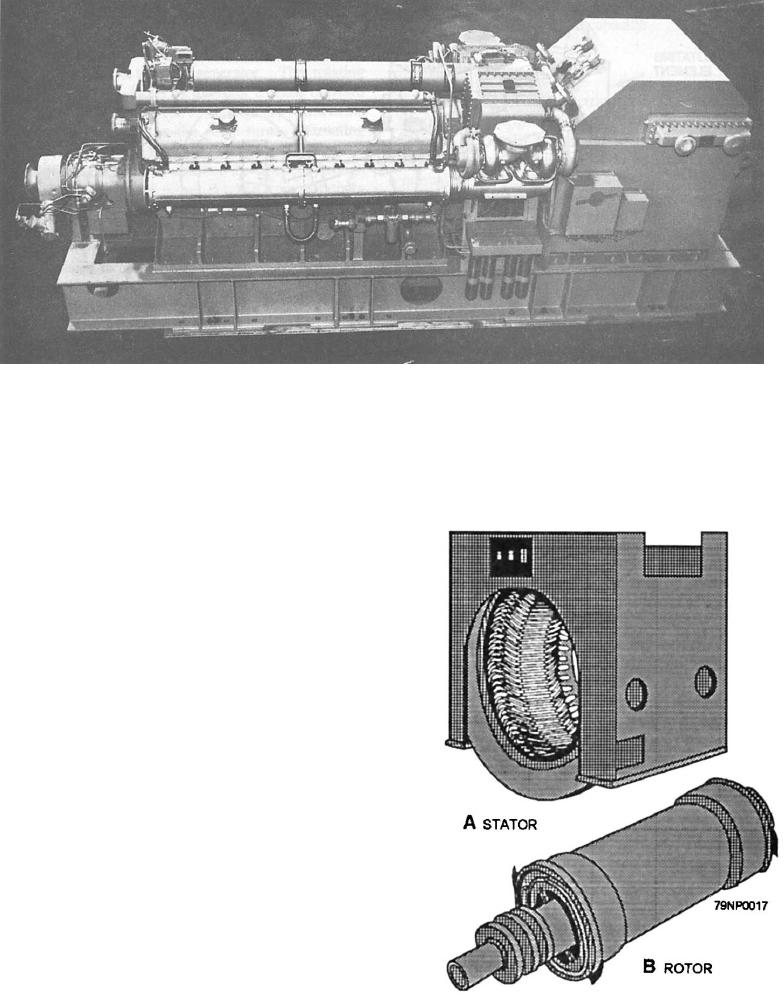
Figure 3-16.--Low-speed, engine-driven ac generator.
CONSTRUCTION AND OPERATION OF AC
only directs the paths of the circulating, air-cooling
GENERATOR SETS
currents, it also reduces windage noise.
Many of today's modern ship's utilize gas turbine
AC generator sets maybe divided into the following
units to provide power for propulsion and generating
two classes according to the speed of the generator:
1. Low speed, engine driven
2. High speed, turbine driven
The stator, or armature, of the revolving-field ac
generator is made of steel punchings called laminations.
The laminations of an ac generator stator form a steel
ring keyed or bolted to the inside circumference of a
steel frame. The inner surface of the laminated ring has
slots in which the stator winding is placed.
A low-speed, engine-driven ac generator (fig. 3-16)
has a large-diameter revolving field with many poles and
a stationary armature that is relatively short in axial
length. The stator contains the armature windings. The
rotor consists of salient poles, on which are mounted the
do field windings.
The high-speed, turbine-driven ac generator (fig. 3-
17) is connected to a turbine either directly or through
gears. The enclosed metal structure is a part of a forced
ventilation system that carries away the heat by
circulation of the air through the stator (fig. 3-17, view
A) and the rotor (fig. 3-17, view B). (The exciter is a
Figure 3-17.--High-speed, steam turbine-driven ac
separate unit and is not shown.) The enclosed stator not
generator.
3-14

